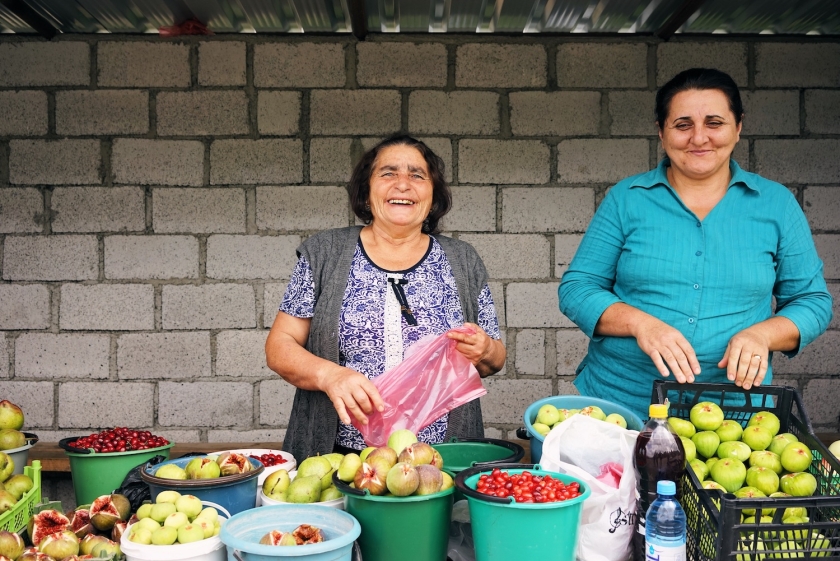
Mountain adaptation solutions: turning challenges into opportunities
UNEP, 29 April 2022
From Mt Kilimanjaro in Tanzania to the highlands of Armenia, the climate crisis is being increasingly felt in vulnerable mountain environments. Amplified warming at higher elevations, changing precipitation patterns and intensified natural hazards are adding substantially to development challenges.
The latest report from the Intergovernmental Panel on Climate Change (IPCC) on Impacts, Adaptation and Vulnerability confirms that climate change poses increasing challenges to the goods and services mountains offer, including their ability to store and purify fresh water, support crops and host visitors.
To mark the official launch of the International Year of Sustainable Mountain Development the United Nations Environment Programme (UNEP) has published two new booklets, titled Mountains ADAPT. They feature 27 concrete solutions in mountainous areas to adapt to the climate crisis – 18 in East Africa and nine in the South Caucasus. The material was produced under the Adaptation at Altitude programme, which is financed by the Swiss Agency for Development and Cooperation and implemented by UNEP and partners.
“The booklets showcase how mountain communities adapt to climate change with practical solutions,” says Doreen Robinson, head of UNEP’s Biodiversity and Land Branch. “We hope decision makers globally will draw inspiration from these approaches in this crucial International Year of Sustainable Mountain Development.”
The solutions – many of which are nature-based – seek to diversify livelihoods and build new income opportunities. They work with nature, strengthen resilience, and contribute to the UN Decade on Ecosystem Restoration 2021-2030. Here are examples of four of them.
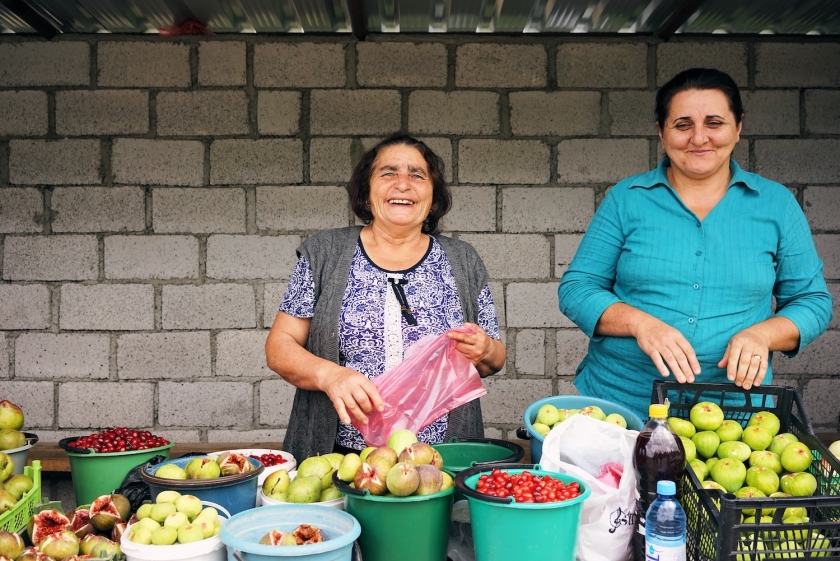
Seizing local opportunities in Armenia
Agriculture has traditionally been the backbone of Armenia’s rural economy, but farm productivity there has decreased due to land degradation and lack of water, both exacerbated by climate change. Big water losses occur in irrigation channels, leading to a substantial decrease in local harvests.
Renovation of these systems makes it possible to expand irrigated land for more crops and generates more income for local people. Drip irrigation systems are helping to establish orchards and prevent further soil degradation. Non-heated greenhouses are extending the growing season and reducing water demand, allowing villagers to grow crops in high demand. Solar dryers for fruit, vegetables and herbs reduce raw material losses and improve the quality of the final products – canned goods. These innovations also ease the pressure on biodiversity hotspots, such as the Dilijan National Park, because villagers have less need to extract resources from them.
“It is a big privilege to work on one’s own land and enjoy the results achieved,” said Karlen Baghdasaryan, one of the project beneficiaries. “More such projects are needed.”
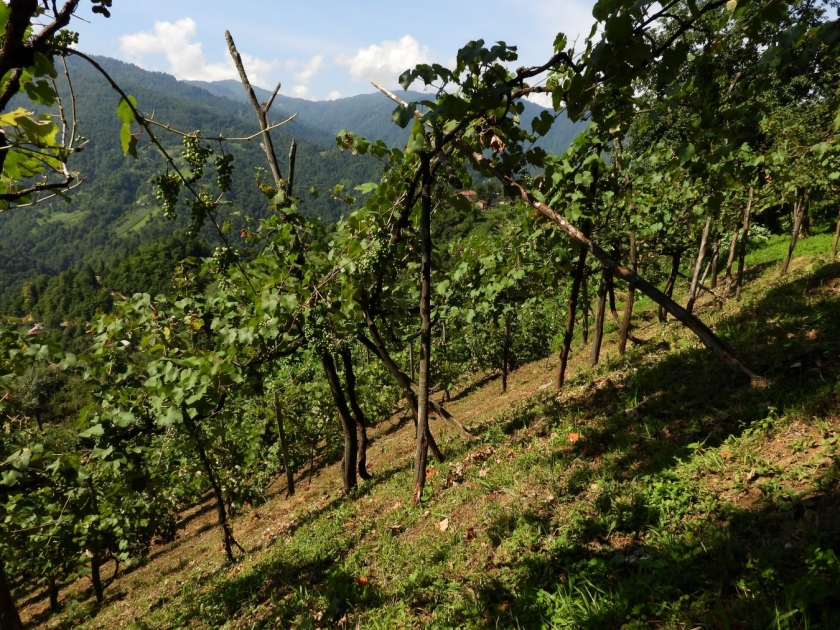
Revitalizing ancient wines in Georgia
Most of the settlements in the municipality of Keda in southwestern Georgia are along steep, subtropical mountain slopes prone to landslides, flash floods and mudflows. These hazards are set to become more intense with climate change. Widespread cultivation of annual crops that lack deep roots to bind the soil has led to land erosion and an increased risk of landslides.
One successful solution has been to re-introduce wine production in the region. Chkhaveri vines have been cultivated for centuries in Keda. With their perennial root system, they enhance soil health and stability and thus prevent further erosion. Winemaking also provides additional income for local people as Chkhaveri wine is in high demand in domestic and international markets.
“In 2012, experts explained that we were causing land degradation by farming annual crops and advised us to plant Chkhaveri,” said farmer Aslan Gogolishvili. “Today’s demand for Chkhaveri is high, and farming is profitable. The soil of my land improved. It seems the experts were right.”
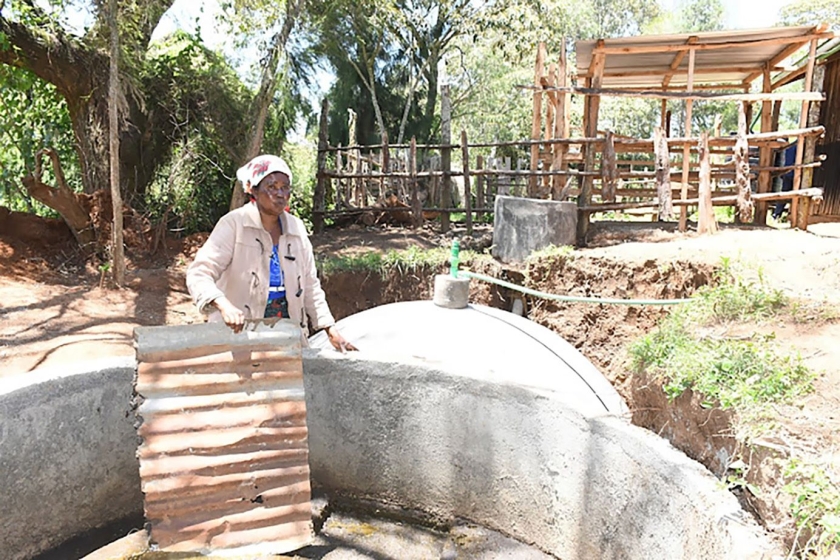
Cow dung for fuel in Kenya
Dairy farming is the main source of income in hilly Nyandarua county, just north of Kenya’s capital, Nairobi. Climate change means more unpredictable rainfall, more frequent flash floods and prolonged dry spells – severely affecting farming. In mountainous areas, electricity is not widely available: kerosene lamps are used for lighting and firewood for cooking, with adverse effects on respiratory health and forests.
To address these challenges, farmers have moved from range management of livestock to a zero-grazing system, where cattle are kept in small structures near their homes and provided with fodder. In addition to increased revenue from milk, zero grazing also presents a new opportunity to generate energy: cow dung is collected and turned into biogas in biodigesters. A biodigester is a sealed tank, inside which anaerobic degradation of the organic substance takes place, generating biogas and fertilizer as a by-product.
Thanks to these small-scale biodigesters, farmers in Nyandarua have been able to stop using firewood in their kitchens. The biogas used for cooking has health benefits especially for women and girls who cook in confined spaces. The reduced need for firewood also has a positive impact on local biodiversity and erosion control.
“Our dairy farm of six cows has helped us to generate family income from selling milk but we also use the cow dung to generate biogas for cooking,” said James Mureithi, a farmer in Nyandarua County.
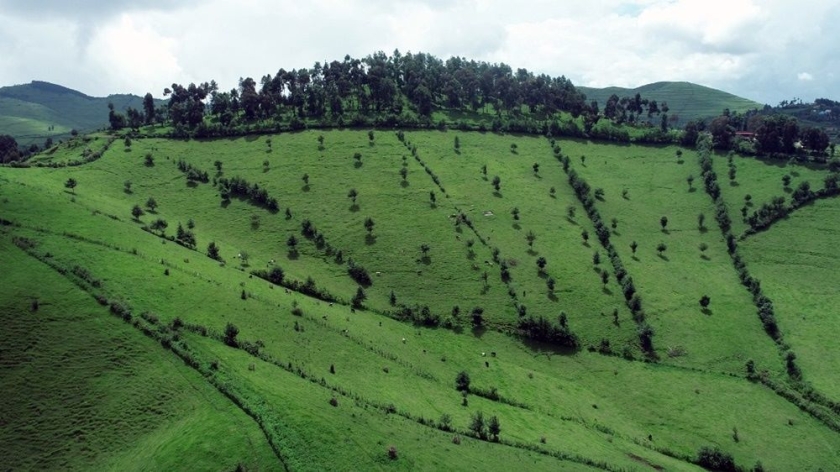
Restore with silvopastoralism in Rwanda
The steep terrain of the Gishwati-Mukura National Park in Rwanda’s Western Province consists of two forests separated by a 19km-wide swath of densely populated hills. People from the area have encroached on protected areas to retrieve resources, resulting in deforestation, farm animals, and illegal mines. Climate change is increasing pressure on the natural resources that are already over-exploited.
In response, the government has rehabilitated forests and biodiversity within the park, enhanced sustainable land management on agricultural land between the forests and introduced silvopastoral approaches. Silvopastoralism sees trees, shrubs and other vegetation planted on pastureland to provide fodder and shade for livestock. It enables farmers to have paddocks for their farms and thus better control grazing patterns, increase milk production and restore degraded land. The newly planted trees improve the soil as well as local biodiversity.
“We did not know the importance of a park – we thought it was like any other forest,” said resident Rose Mukarulinda. “Now, thanks to the improvements we are witnessing in communities living near the park and various trainings, we decided to protect the park instead of encroaching on its habitat.”
Original article here.